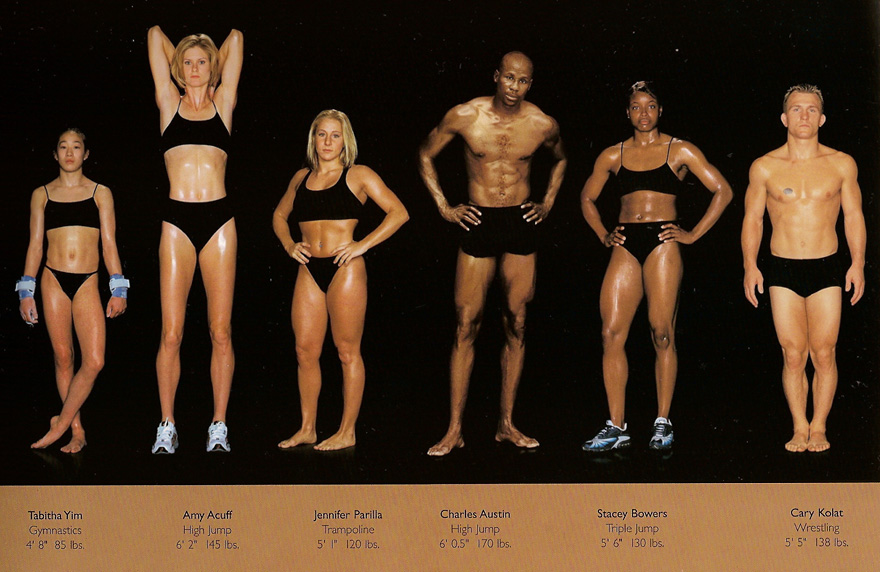There’s an article in the NYT today covering one of my philosophy of the body hobbyhorses. Dutee Chand, an 18-year old champion sprinter, has been told she must have surgery or start a drug regimen in order to be allowed to compete in official races. The problem? Her body naturally produces more testosterone than usual, and administrators worry it gives her an unfair advantage:
Arne Ljungqvist, the longtime chairman of the I.O.C.’s medical commission, said a hyperandrogenism policy was necessary because Olympic sports have an overrepresentation of athletes with both male and female anatomical characteristics.
One recent study on women competing at the 2011 track and field world championships found that 7 in 1,000 elite track and field athletes had hyperandrogenism and some blend of male and female anatomical characteristics. That’s 140 times more than expected in the general population.
“People who say, ‘This is nothing; we don’t need this rule,’ don’t know sports or are at some distance from sport,” Ljungqvist said. “This is not an easy matter. It’s an evolving matter. We just can’t bury our heads in the sand and pretend these conditions do not exist.”
My position remains the same as it was when Caster Semenya was under investigation. As I wrote then in The Huffington Post:
The idea of trying to titrate an athlete’s hormones down to level the playing field is, at best, hideously complex and, at worst, impossible. How do you know when the hormone level is ‘fair?’ Once the athlete stops winning? All athletes are physically and genetically exceptional, drawing advantages from differences in height, metabolism, sleep requirements, or anything else that could have an impact on training or performance.
The I.O.C. can require these women to reduce the amount of testosterone that they produce, but it should not pretend that it is doing them a favor. A woman is referred to doctors by other players or coaches (the panel did not specify) who suspect that she may be of ambiguous gender. These women are not seeking out medical remediation for their “conditions;” indeed, the assumption is that their genetic abnormalities are giving them an advantage in their chosen field.
The new recommendation defines people who are intersex or of ambiguous gender as deficient and requiring treatment. Any abnormalities are defined as problems, not by the people whom they affect, but by external groups who are distanced from any experience of them. Even more worrying, the new recommendation medicalizes not only genetic abnormalities but any testosterone level that deviates from the norm. It suggests that all women should fall within a certain range of hormone expression in order to be women; it implies that deviance requires intervention.
Professional sports is a festival of the statistically-deviant. That’s one reason I love Howard Schatz’s portrait series of world class athletes (the source of the image at the top of this post). Specializing in different disciplines yields a diverse range of fitness and mastery.
There are some kinds of specialization that we shouldn’t ask for or encourage others to attempt (football, for the brain trauma; and sometimes the eating troubles that come with ballet). Think of these as the human equivalents of the grotesqueries of bulldogs. But Chand’s exceptionality is unchosen. She has simply found the niche in which her body (coupled with hard work) can allow her to excel.













